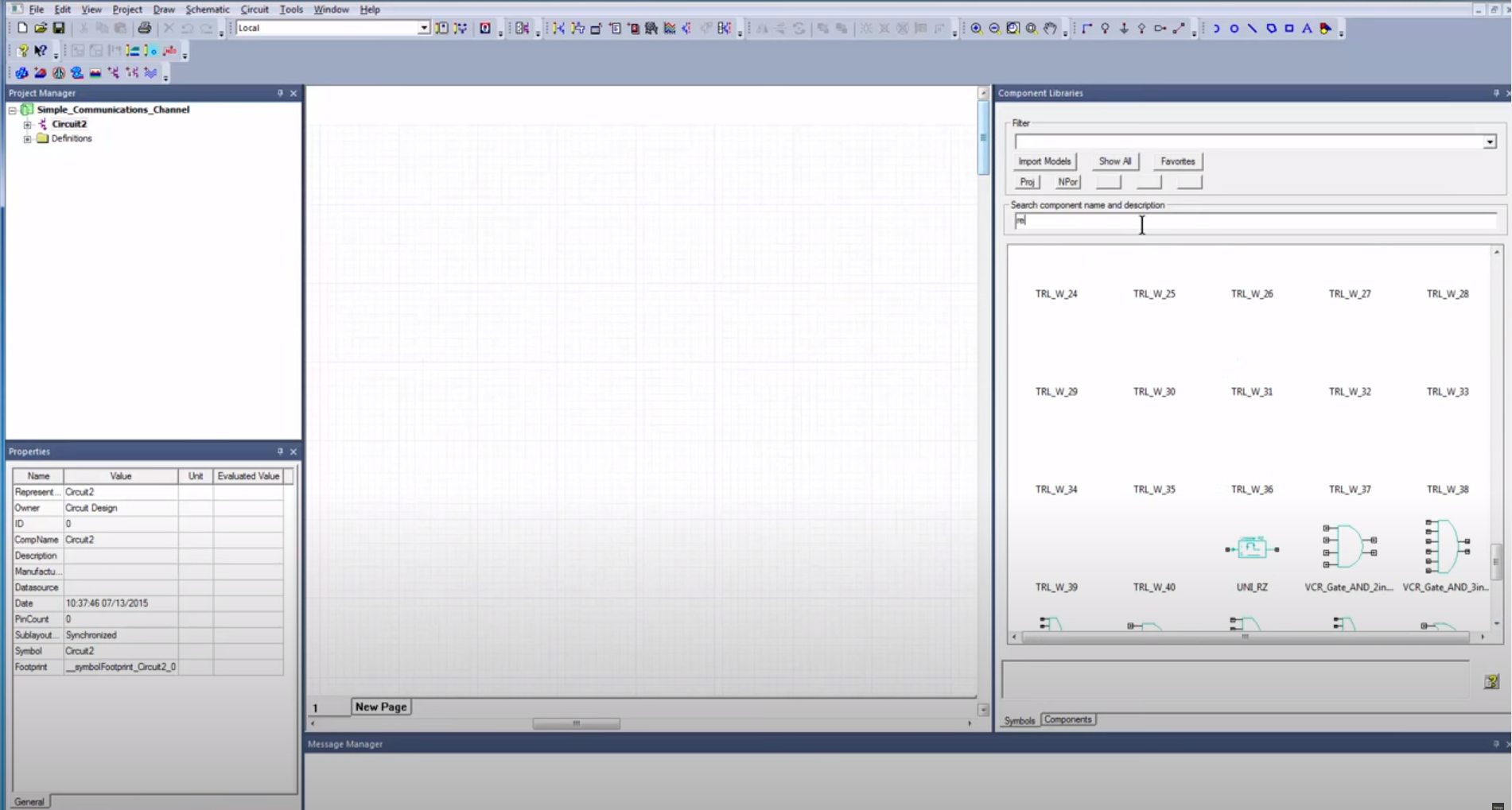

Geometr圜omponent.SendCommand(Command=jscript) Geometr圜omponent = geomSystem.GetContainer(ComponentName="Geometry") This can be done by using these Python commands: The answer relies on the Workbench ability to "inject" commands in the Systems in the Project Schematic.
.jpg)
But how could we use these two languages to generate the plane wing ? ANSYS Workbench uses Python as script language, whereas Ansys Design Modeler uses JScript. In general, most of the ANSYS tools are "scriptable".

Generate one or more planes, distant from each other in the Z direction.Use a Python script to generate an in-memory JScript file with the commands to construct the wing. The JScript is responsible for:.(but it should also work without significant changes on the prior versions). This article presents a procedure to generate a plane wing using Ansys Design Modeller 15.0 and Ansys Workbench 15.0.


 0 kommentar(er)
0 kommentar(er)
